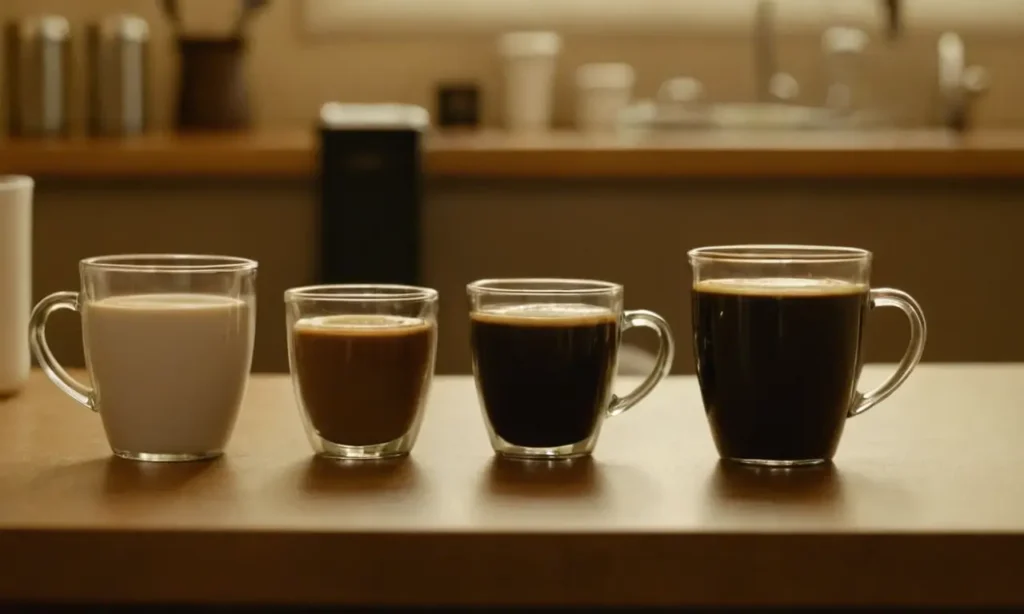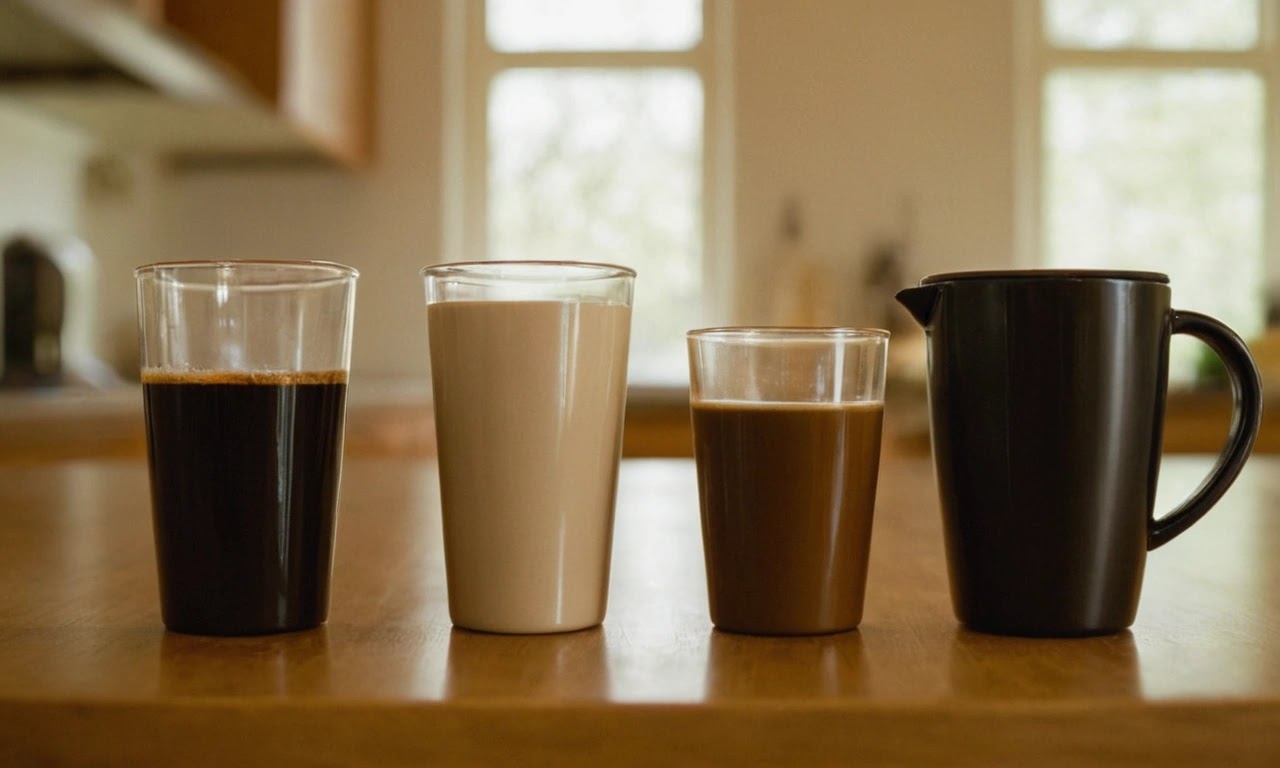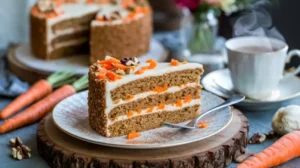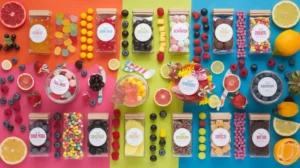How much liquid joy does it actually hold? Is there a universal answer?
Well, not exactly — but don’t worry, this blog post will guide you through the caffeinated chaos, one millilitre at a time.

“Cup” in the Coffee World
The first thing to understand is that “coffee cup” doesn’t always mean the same thing to everyone. It’s not like a standard litre or kilogram — it’s more flexible (or confusing, depending on your perspective). Let’s break it down:
Coffee Cup Sizes Around the World
| Region | Typical Size (ml) | Notes |
|---|---|---|
| USA | 240 ml | The standard “8-ounce cup”. |
| UK | 200-250 ml | Slightly smaller; we prefer moderation. |
| Australia/NZ | 250 ml | Matches the metric cup standard. |
| Japan | 200 ml | Compact and minimalist. |
| Specialty Cafés | 150-300 ml | Varies wildly, depending on the drink. |
As you can see, the term “coffee cup” depends heavily on geography and context.
Why Millilitres Matter in Brewing
If you’re making coffee at home, knowing the millilitres in your cup is crucial. Why? Because coffee is a science, and science loves precision. The golden brewing ratio, often cited by coffee experts, is 1:16 — that’s 1 gram of coffee to 16 grams (or millilitres) of water.
Let’s say you’re making a standard cup in the UK (200 ml):
- Divide 200 by 16.
- You’ll need around 12.5 grams of coffee.
For a larger cup, like in the US (240 ml):
- 240 divided by 16 equals 15 grams of coffee.
Want stronger coffee? Adjust the ratio to 1:15 or 1:14. But beware — too strong, and your morning brew might double as paint remover.

Types of Coffee Cups and Their Volumes
Not all coffee cups are created equal. Here’s a quick rundown of common types:
Mugs
| Type | Average Volume (ml) | Use Case |
| Standard Mug | 300-350 ml | Home or office brewing. |
| Travel Mug | 450-600 ml | For commuters. |
| Oversized Mug | 500+ ml | For those who need a lot of coffee. |
Espresso Cups (Demitasse)
| Type | Average Volume (ml) | Use Case |
| Classic | 60-90 ml | Perfect for a single espresso. |
| Double Espresso | 120 ml | Because one shot isn’t enough. |
Specialty Glasses
| Drink Type | Average Volume (ml) | Example Glass |
| Cappuccino | 150-180 ml | Porcelain cups in cafes. |
| Latte | 240-350 ml | Tall glasses for Instagram shots. |
| Flat White | 150-200 ml | Smaller, focused flavours. |
Not All “Cups” Are Equal in Measurement
Did you know that the “cup” in baking and cooking often refers to a specific measurement, like 240 ml in the US? But a coffee “cup” can range from 150 ml to over 500 ml, depending on the context. It’s like when your friend says they’ll have “one drink” on a night out — it’s rarely just one!
How to Measure Your Coffee Cup Volume
If you’re unsure about your coffee cup’s capacity, here’s a simple method:
- Fill your cup with water to the brim.
- Pour the water into a measuring jug.
- Read the millilitre measurement.
Voilà! You now know your cup’s exact volume, ready to brew with precision.

FAQs About Coffee Cup Sizes
1. Why does coffee taste different in smaller cups?
The size of the cup influences the coffee’s perceived strength. A smaller cup focuses the flavours, while a larger cup dilutes them.
2. Can I use a teacup for coffee?
Sure! Just keep in mind that teacups usually hold 150-200 ml, so your coffee might feel a bit more concentrated.
3. What’s the best size for espresso?
Stick to 60-90 ml cups for a single shot — anything larger can make it feel less intense.
In Conclusion: Size Matters
When it comes to coffee cups, there’s no one-size-fits-all answer. Your preferred size depends on where you are, your brewing method, and just how much caffeine you need to survive the day. The key takeaway? Understand your cup’s volume, experiment with ratios, and enjoy the journey.
Because at the end of the day, whether it’s 150 ml or 500 ml, coffee is the magic potion that keeps us all going. So here’s to your next perfectly measured brew — may it be strong, smooth, and spill-free!



